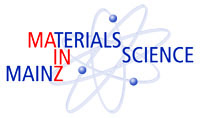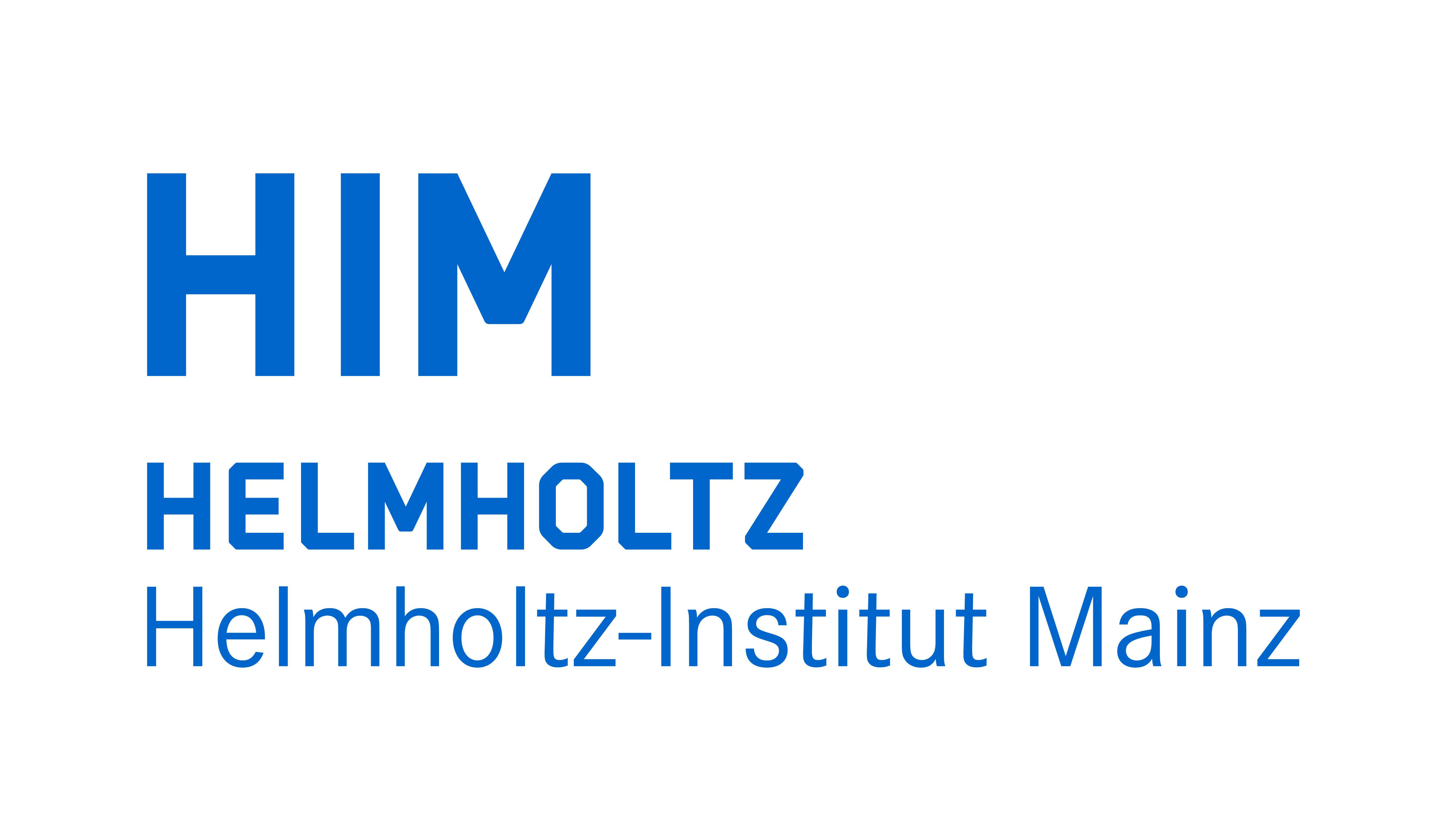


Physikalisches Kolloquium
Dec. 10, 2013 at
5 p.m. c.t.
in
Hörsaal des Instituts für Kernphysik, Becherweg 45
Prof. Dr. Friederike Schmid
Institut für Physik
friederike.schmid@uni-mainz.de
Prof. Dr. Hartmut Wittig
Institut für Kernphysik
hartmut.wittig@uni-mainz.de
Note: Mit Unterstützung der Exzellenz-Projekte MAINZ und PRISMA
Motions in the Molecular Machinery Powering Life
Dr. Gerhard Hummer (Max Planck Institute of Biophysics, Frankfurt/M.)
Biological molecular machines are highly efficient energy transducers that interconvert chemical, mechanical, electrical, and light energy. We use molecular dynamics simulations and statistical mechanical theory to identify and quantify the molecular mechanisms underlying biological energy conversion processes. Central questions are how simple redox reactions in mitochondria drive the pumping of protons across a membrane against a potential of ~0.2 V, without violation of the second law of thermodynamics; how the resulting electrical and chemical potentials in turn drive the rotary molecular motor ATP synthase; and how this rotation is coupled to the synthesis of ATP from ADP and inorganic phosphate, with ATP being the energy currency of cells. Remarkably, common physical principles emerge in the function of the enzymes cytochrome c oxidase, complex I, and ATP synthase, despite large variations in their structure and function. In particular, water and hydration effects, extended protein motions, and long-range electrostatic couplings occupy central roles in the operation of these molecular machines, and are key to achieving both high efficiency and high fidelity in protein function.